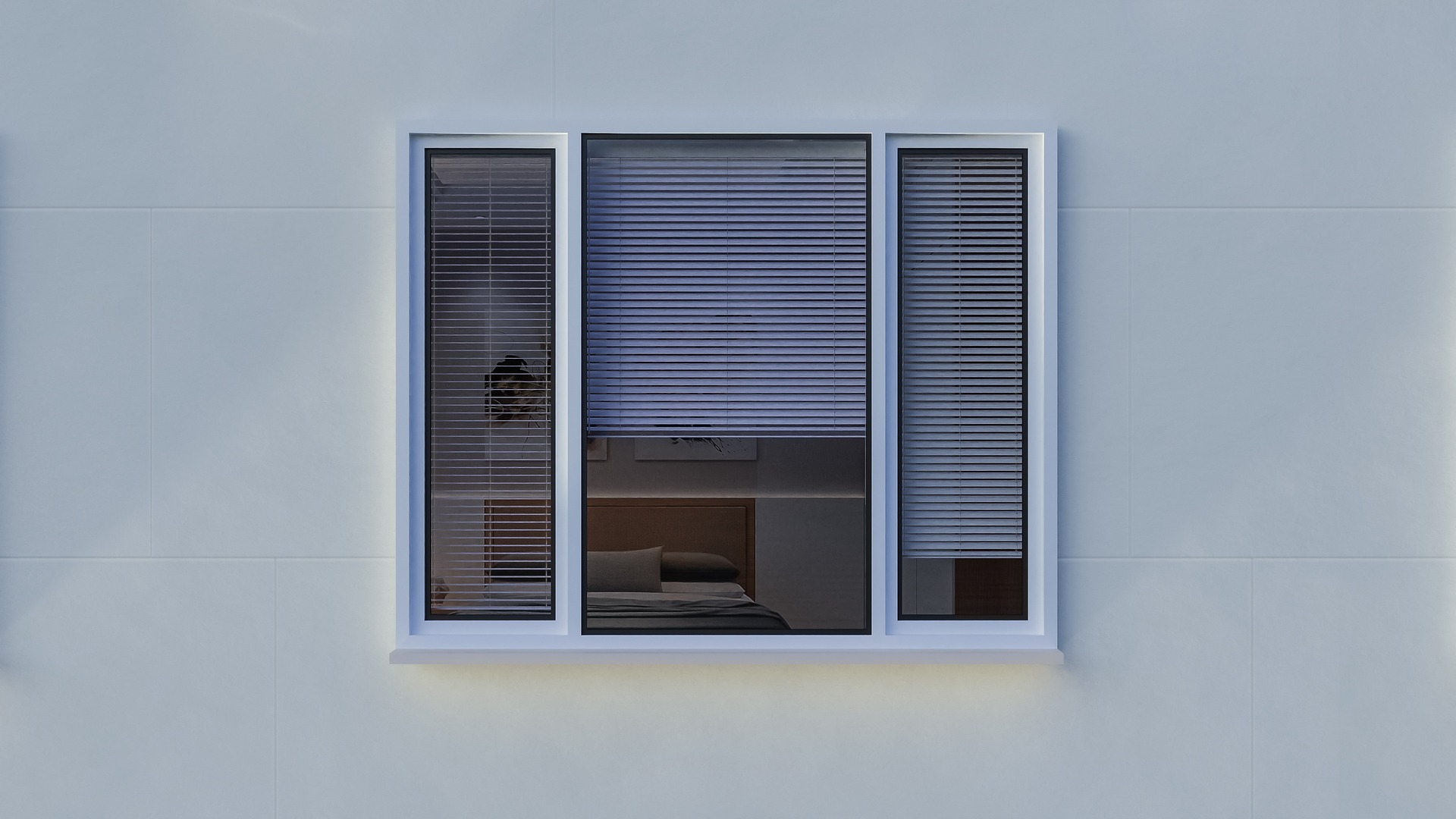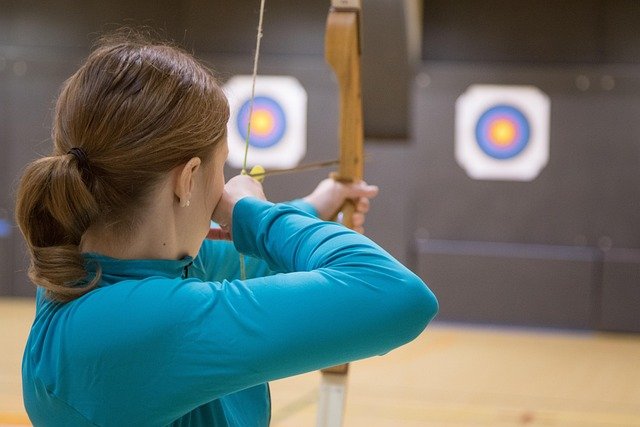Neurodesign: Crafting Spaces that Speak to the Brain
The fusion of neuroscience and interior design is revolutionizing how we create living spaces. Neurodesign, an emerging field that applies brain research to architectural and decorative choices, promises to transform our homes into havens that not only look good but feel right on a neurological level. This innovative approach considers how our surroundings affect our mood, productivity, and overall well-being, offering a fresh perspective on the age-old quest for the perfect home environment.

The Science Behind Neurodesign
At its core, neurodesign is based on the understanding that our brains are constantly processing and responding to environmental cues. This includes everything from the amount of natural light in a room to the patterns on our wallpaper. Neuroscientists have found that these elements can significantly impact our cognitive function, emotional state, and even our physical health.
For example, studies have shown that exposure to nature or nature-inspired design elements can reduce stress and improve cognitive performance. This has led to the incorporation of biophilic design principles in neurodesign, where natural materials, plants, and organic shapes are used to create a more soothing and productive environment.
Color Psychology in Neurodesign
One of the most powerful tools in the neurodesigner’s toolkit is color. Different hues can evoke specific emotional and physiological responses. For instance, blue is often associated with calmness and can lower blood pressure, making it an excellent choice for bedrooms. On the other hand, warm colors like red and orange can stimulate appetite and conversation, making them ideal for dining areas.
Neurodesigners are moving beyond traditional color theory, however. They’re exploring how specific shades and color combinations can affect brain wave activity, potentially enhancing creativity or promoting relaxation. This nuanced approach to color selection is transforming how we think about paint swatches and fabric choices.
Lighting and Cognitive Function
Lighting plays a crucial role in neurodesign, as it directly impacts our circadian rhythms and cognitive function. Natural light is particularly important, with studies showing that exposure to daylight can improve mood, increase productivity, and regulate sleep patterns.
Neurodesigners are incorporating dynamic lighting systems that mimic the changing quality of natural light throughout the day. These systems can adjust color temperature and intensity to support our natural biorhythms, potentially improving sleep quality and daytime alertness.
Spatial Layout and Social Interaction
The way we arrange our living spaces can significantly impact our social interactions and sense of well-being. Neurodesign principles suggest that open, flexible layouts can promote social connection and reduce feelings of isolation. However, it’s equally important to include quiet, enclosed spaces for privacy and concentration.
Neurodesigners are experimenting with modular furniture and movable partitions that allow spaces to be easily reconfigured. This adaptability caters to our brain’s need for both stimulation and retreat, creating environments that can support a wide range of activities and emotional states.
Texture and Sensory Experience
Our sense of touch is often overlooked in traditional interior design, but neurodesigners recognize its importance in creating a fully immersive sensory experience. Different textures can evoke specific emotional responses and memories, influencing our perception of a space.
Incorporating a variety of tactile experiences through textiles, wall coverings, and furniture can create a richer, more engaging environment. Neurodesigners might combine smooth, cool surfaces with soft, warm textures to create a balanced sensory landscape that supports both alertness and relaxation.
The Future of Neurodesign
As research in neuroscience continues to advance, we can expect neurodesign principles to become increasingly sophisticated and personalized. Wearable technology and smart home systems may soon be able to adjust our environments in real-time based on our physiological responses, creating spaces that dynamically adapt to our changing needs throughout the day.
The potential applications of neurodesign extend beyond residential spaces. Offices, healthcare facilities, and educational institutions are all exploring how these principles can be applied to create more effective and supportive environments.
As we continue to unravel the complex relationship between our brains and our surroundings, neurodesign offers an exciting glimpse into the future of interior design. By creating spaces that truly resonate with our neurological needs, we may be able to unlock new levels of well-being, creativity, and human potential, all from the comfort of our own homes.





